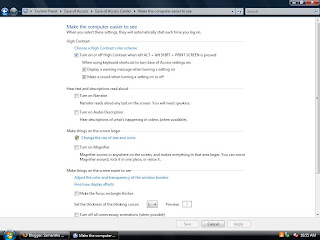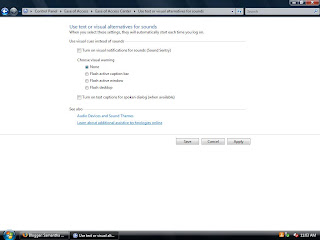Station 9: Our Teeth and What We Drink
Part 1: About the Station
-Title: Our Teeth and What We Drink
-Group Members: Kara Epperson, Sandra Little, Samantha Ginther
-Station Description: The module measured the pH of four different liquids that people commonly drink (cranberry juice, tea, soda, tap water). A pH sensor and Logger Lite (a computer program) were used to measure and read the pH of each liquid.
-What our group did: We hooked up the necessary equipment and dipped the pH sensor in one liquid, used Logger Lite to take a measurement of the substance's pH value, took a screenshot of the data that Logger Lite showed, then put the pH sensor in a rinsing liquid so that the rest of the data would be accurate. We did this same process for all four liquids.
-Individually, I was in charge of dipping the pH sensor into each liquid when Sandra was ready to begin the Logger Lite program and take a screen shot of the data. After we measured the data for at least 20 seconds, I took the pH sensor out of the liquid. Next, I put the sensor into the rinsing liquid so the rest of the data could be read accurately. I repeated this process for all four liquids in this order: Cranberry juice, tea, soda, tap water.
Part 2: Our Work
In laymen's terms, pH is the measurement of how acidic or basic a substance is. The typical range for pH that is healthy for human teeth is 6.2-7.4. This range is neither too acidic or too basic for teeth and will not cause damage to teeth. Basic beverages (any that have a pH of above 7) do not normally have adverse effects on teeth. These beverages include any variation of milk (regular, soy, rice) and usually contribute to stronger teeth because they normally contain calcium. On the other hand, acidic beverages (fruit juices and sodas) often contribute to tooth decay because the acidity of the liquids eats away at the tooth's enamel. This matters because if we limit the amount of acidic beverages in our diet, we can improve the overall health of our teeth and avoid damaging them even further.
The following pictures are screen shots of each of the graphs our group obtained.
Cranberry Juice is acidic and can be potentially harmful to teeth if drank 1-2 times per day.

Tea is also an acidic beverage and can eat away at the enamel of our teeth if we drink it 1-2 times per day.


Soda is extremely acidic and can be very dangerous to the health of our teeth if we drink it 1-2 times everyday.

Tap Water is safe for us to drink daily, even though it is slightly acidic. It is safe for us to drink because it is very close to being in the healthy pH range for teeth (6.2-7.4).

Part 3:
As a student, I would like that this activity is very hands-on and entertaining because I like to do the work for myself to learn instead of just watching someone else do it or getting data from a book. As a teacher, I would like this activity because it helps students gather data on their own and gives them a lot of experience with new technology because they get to use the pH sensor and Logger Lite to collect their data.
As a student, I would not like this activity because the equipment was very fragile and it needed to be handled very carefully, which not all students would be able to do. As a teacher, I would not like this activity because it only lets students test acidic beverages. None of the 4 beverages tested had a basic pH (above 7). I think the students need to be able to measure the pH of both acidic and basic beverages to get the most out of this activity.
The most interesting and suprising parts of this activity was how easy it was to use the equipment. Although it seemed very confusing and technological at first, it surprised me at how simple it was to use the pH sensor and Logger Lite together in order to gather the data we needed. The activity was simple to do because we were able to use technology to measure the data.
Here are a few websites I referenced to find some of the information about pH:
http://ask.metafilter.com/58903/What-are-some-Basic-higherpH-beverages
http://www.cocoonnutrition.org/catalog/page_teeth_NL.php
http://affordable-dental.net/how-does-ph-in-juice-affect-your-teeth
http://www.ehow.com/about_5191580_ph-saliva_.html








